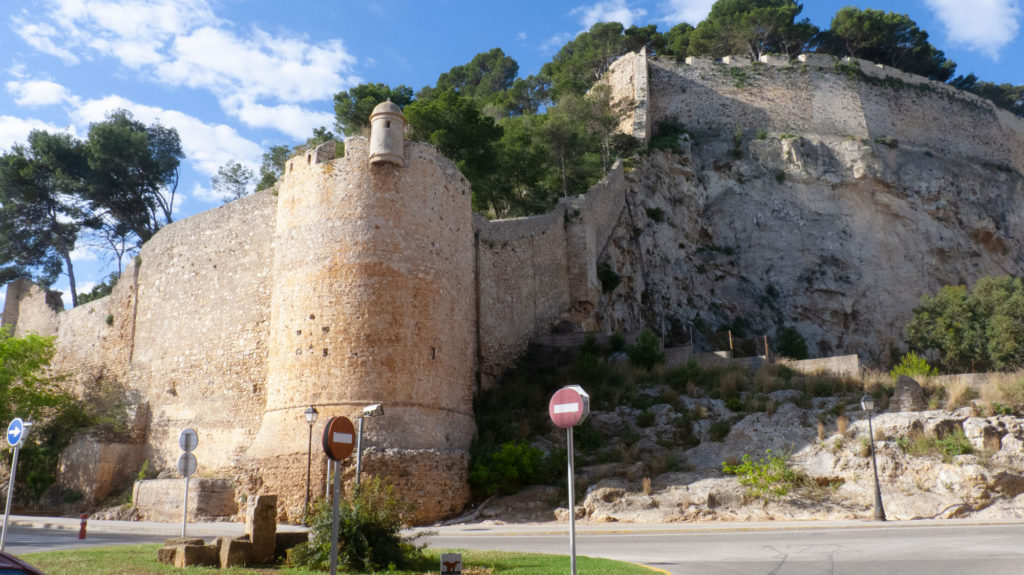The castle fell to Christian forces of Alfonso of Castile on the feast day of Saint Barbara on 4th December 1248. It was conquered again in 1296 by the forces of Jaime II of Aragon.
In 1691 the castle was bombarded by a squadron of French ships.
One of the most remarkable military events in the history of Santa Barbara Castle happened during the War of Spanish Succession between followers of the Bourbon Philip of Anjou and the Habsburg Charles.
On the 28th June 1705 the British fleet of 5 ships under the command of Sir George Byng and a group of marines under Sir John Jennings began the siege of Alicante. On July 31st 1706, the English battleships supporting Archduke Charles bombarded the city for eight days. On August 8th, Dutch and English allied troops launched the definitive attack which ended in the occupation of the square. Once the city was taken, the defenders, led by a French Marshal of Irish origin, Mahony, sought refuge in Santa Barbara Castle.
On September 7th, Mahony surrendered to the English because of the intense artillery fire suffered by the castle and the fact that there were only 235 soldiers left in it.
Two years later, in the winter of 1708, the Bourbon supporters, led by D’Asfelf, returned to Alicante with their troops and took the city on December 3rd. The castle, however, remained in the hands of the English.
D’Asfelf hatched a plan to retake the fortress by blowing it up. To carry out this plan, tunnels were dug to undermine it. This work was finished in February 1709 and on the 28th they were packed with explosives.
D’Asfelf, after inviting Richard, the castle’s English Commanding Officer to surrender on several occasions -even inviting the English to come down and see that a mine had indeed been packed with 150,000 kg of gunpowder- ignited the mine on March 4th, destroying part of the castle and killing Richard and some twenty soldiers. However, the English garrison didn’t abandon the fortress until April 19th, Alicante thus becoming the last place in Valencia to be freed from the occupation of troops supporting Archduke Charles.
Richard’s ghost is one of two said to haunt the castle. The other is that of Nicolás Peris, who in 1296 was the castle’s governor, and who opposed the assault of King Jaime II of Aragon. The story is told that Jaime killed him in a swordfight, and, with all the humility of the victor, had his body quartered and fed to the dogs. A monument marks the spot where he fell; a gap in the battlements marks the space where Richards stood before he was undermined.
The castle was the scenario of another important event between 28th January and 9th 1844, when it was seized by Pantaleón Boné and a group of soldiers opposed to the government in Madrid.
After resisting a siege and bombardments, Boné was sold out by one of his officers, and the ringleaders were executed.
It was bombarded in 1873 by the followers of the Cantonal Revolution when they took control of the frigate Numancia.
Despite its role as a military prison for first Nationalists and then Republicans during the Spanish Civil War, the castle declined until 1963, when it was opened to the public,
The castle can now be reached by lifts inside the mountain and the town museum is located inside. Tours by costumed guides can bring the castle’s history back to life.
